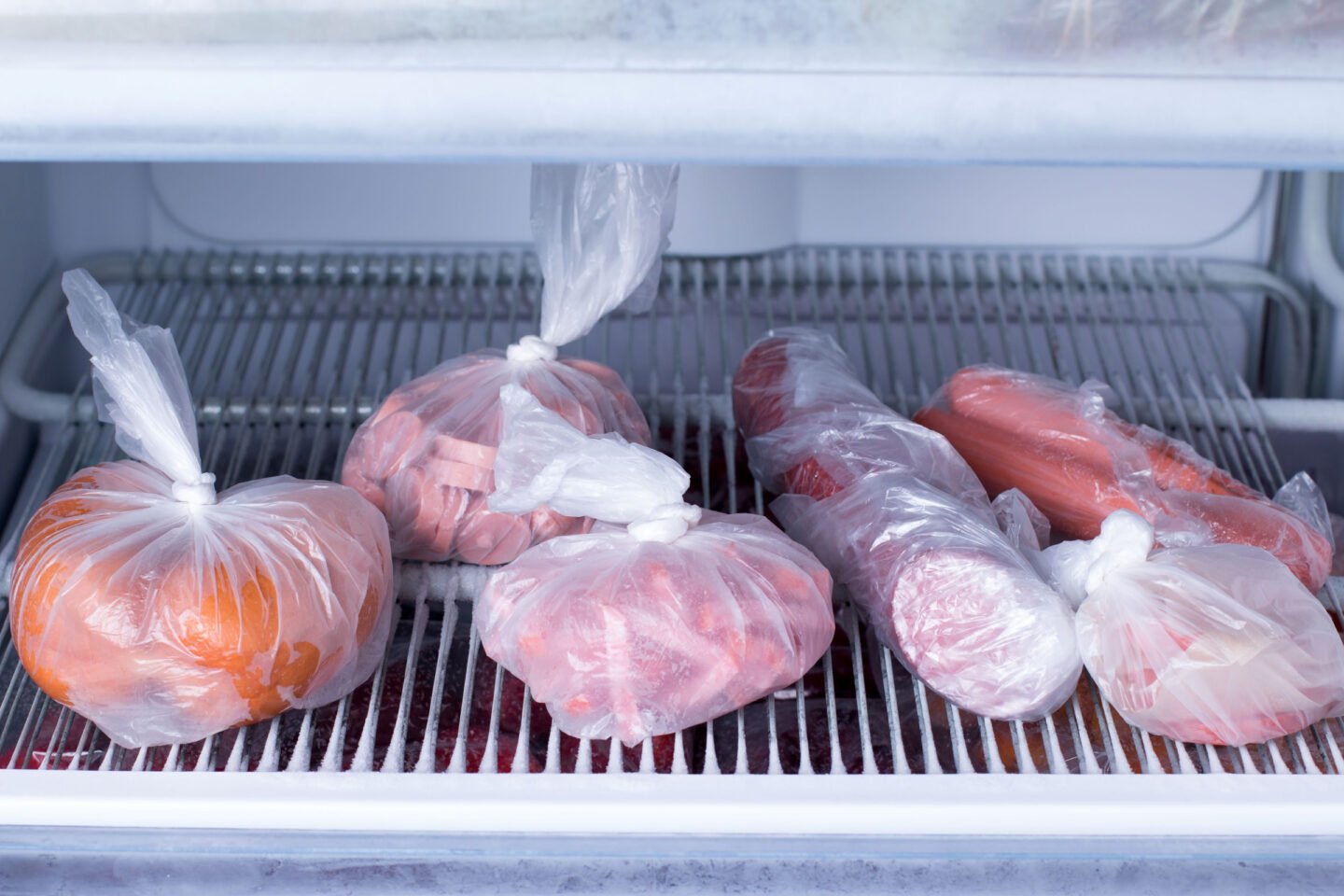

Articles
How Long Will Sausage Last In The Freezer
Modified: May 6, 2024
Find out the shelf life of sausages in the freezer with this informative article. Learn how long you can store sausages safely and maintain their quality.
(Many of the links in this article redirect to a specific reviewed product. Your purchase of these products through affiliate links helps to generate commission for Storables.com, at no extra cost. Learn more)
How Long Will Sausage Last In The Freezer
When it comes to preserving the freshness of sausage, the freezer can be your best friend. Freezing sausage not only extends its shelf life but also ensures that it remains safe to consume for a longer period. In this article, we will explore the factors that affect the shelf life of sausage in the freezer, provide recommendations for storing and freezing sausage, and offer tips on thawing and using frozen sausage. So, let’s dive in and learn how to make the most of your sausage in the freezer!
Key Takeaways:
- Properly freezing sausage extends its shelf life and ensures it remains safe to consume. Factors like sausage type, packaging, and storage conditions play a crucial role in maximizing its storage time in the freezer.
- Following recommended freezing times for different types of sausages helps maintain optimal taste and texture upon thawing. Proper thawing techniques and safe cooking methods are essential for enjoying delicious, well-preserved sausage from the freezer.
Factors Affecting the Shelf Life of Sausage in the Freezer
Several factors come into play when determining how long sausage will last in the freezer. These include the type of sausage, packaging, and storage conditions. Let’s examine each of these factors:
- Sausage Type: Different types of sausages have varying levels of fat content and ingredients, which can affect their freezing capabilities. Generally, leaner sausages like chicken or turkey sausage tend to last longer in the freezer compared to higher-fat varieties like pork sausage.
- Packaging: Proper packaging is crucial for maintaining the quality of sausage in the freezer. It is recommended to use airtight containers or freezer-safe bags to prevent freezer burn and to keep out any unwanted odors.
- Storage Conditions: Temperature fluctuations can impact the longevity of sausage in the freezer. It is essential to keep the freezer temperature at or below 0°F (-18°C) for optimal sausage preservation. Additionally, be mindful of placing the sausage away from the freezer door to minimize exposure to temperature changes during frequent opening and closing.
Storing Sausage in the Freezer
Before freezing sausage, it is crucial to properly store it. Here are some steps to follow:
- Check the Expiration Date: Make sure the sausage is fresh and has not passed its expiration date before freezing.
- Divide into Portions: Consider dividing the sausage into smaller portions that match your typical usage. This way, you only need to thaw the desired amount when needed, avoiding unnecessary thawing and refreezing.
- Wrap and Seal: Wrap each portion tightly in plastic wrap or place them in individual freezer bags, removing as much air as possible. Alternatively, use vacuum-sealed bags or a food vacuum sealer to eliminate air entirely.
- Label and Date: Don’t forget to label each package with the type of sausage and the date it was frozen. This will help you keep track of freshness and make it easier to use the oldest sausage first.
Recommended Freezing Times for Different Types of Sausage
The recommended freezing times for various types of sausage are as follows:
- Fresh Sausage (e.g., uncooked bratwurst or breakfast sausage): Up to 2 months.
- Cooked Sausage (e.g., smoked or fully cooked sausages): Up to 3 months.
- Cured Sausage (e.g., salami or pepperoni): Up to 6 months.
These timeframes are general guidelines. It’s important to remember that the quality and taste of sausage may degrade over time, even if it remains safe to consume.
How Long Will Sausage Last In The Freezer
When it comes to preserving the freshness of sausage, the freezer can be your best friend. Freezing sausage not only extends its shelf life but also ensures that it remains safe to consume for a longer period.
Sausage is a popular and versatile protein that can be used in a variety of dishes such as breakfast scrambles, pasta sauces, soups, and grilled sandwiches. However, it’s not always easy to consume an entire package of sausage before it starts to spoil. That’s where the freezer comes in handy.
By properly storing and freezing sausage, you can keep it fresh and ready to use whenever you need it. Whether you have leftover sausages, purchased them in bulk, or want to stock up for future meals, freezing is a simple and effective method to preserve their quality and taste.
In this article, we will explore the factors that affect the shelf life of sausage in the freezer, provide recommendations for storing and freezing sausage, and offer tips on thawing and using frozen sausage. So, let’s dive in and learn how to make the most of your sausage in the freezer!
Understanding the factors that influence the shelf life of sausage in the freezer is essential for optimal storage. The type of sausage, packaging, and storage conditions all play a crucial role in determining how long it will stay fresh and safe to consume.
Additionally, we will discuss recommended freezing times for different types of sausage, which will serve as a helpful guide when storing your favorite sausages. Moreover, we’ll provide practical tips to ensure your sausages freeze properly and maintain their quality during their time in the freezer.
Lastly, we will cover the signs that indicate sausage has gone bad in the freezer and how to safely thaw and use frozen sausage. These insights will help you avoid consuming spoiled sausage and get the most out of your frozen stash.
Now, let’s dig deeper into the factors that affect the shelf life of sausage in the freezer and discover how we can optimize its storage to ensure great-tasting sausages whenever you want them!
Key Takeaways:
- Properly freezing sausage extends its shelf life and ensures it remains safe to consume. Factors like sausage type, packaging, and storage conditions play a crucial role in maximizing its storage time in the freezer.
- Following recommended freezing times for different types of sausages helps maintain optimal taste and texture upon thawing. Proper thawing techniques and safe cooking methods are essential for enjoying delicious, well-preserved sausage from the freezer.
Factors Affecting the Shelf Life of Sausage in the Freezer
Several factors come into play when determining how long sausage will last in the freezer. These factors include the type of sausage, packaging, and storage conditions. Let’s examine each of these factors in more detail:
- Sausage Type: Different types of sausages have varying levels of fat content and ingredients, which can affect their freezing capabilities. Generally, leaner sausages like chicken or turkey sausage tend to last longer in the freezer compared to higher-fat varieties like pork sausage. The fat content in pork sausages can lead to quicker degradation and an increased risk of freezer burn. It’s essential to consider the type of sausage you’re freezing and adjust your expectations accordingly.
- Packaging: Proper packaging is crucial for maintaining the quality of sausage in the freezer. When storing sausage, opt for airtight containers or freezer-safe bags to prevent air exposure and minimize the risk of freezer burn. Freezer burn occurs when moisture from the sausage’s surface evaporates, causing it to become dehydrated and develop unpalatable textures and flavors. By using appropriate packaging, you can maintain the desired texture and flavor of your sausage for a longer period.
- Storage Conditions: Temperature fluctuations can impact the longevity of sausage in the freezer. It’s essential to maintain a constant and optimal freezer temperature to ensure maximum preservation. The ideal freezer temperature for storing sausage is 0°F (-18°C) or below. Freezers with automatic defrost systems may go through cycles where the temperature rises slightly above freezing, which can affect the quality of the sausage. To minimize temperature fluctuations, store sausage away from the freezer door and avoid opening the freezer frequently. Keeping the freezer well-organized can also help maintain a consistent temperature.
- Proper Wrapping: When preparing sausage for the freezer, it’s crucial to properly wrap it to prevent exposure to air and potential contamination. Wrap each portion tightly in plastic wrap or place them in individual freezer bags, making sure to remove as much air as possible. Alternatively, consider using vacuum-sealed bags or a food vacuum sealer to eliminate air entirely. This extra step will help maintain the quality of sausage during its time in the freezer.
By considering these factors and taking appropriate steps to address them, you can significantly extend the shelf life of sausage in the freezer. Proper sausage selection, suitable packaging, consistent storage conditions, and thorough wrapping techniques all contribute to preserving the flavor, texture, and overall quality of your sausage for an extended period.
Now that we’ve explored the factors that affect the shelf life of sausage in the freezer, let’s move on to the next section to learn how to store sausage in the freezer properly.
Storing Sausage in the Freezer
Properly storing sausage in the freezer is crucial to maintain its quality and ensure it remains safe to consume. Here are some steps to follow when storing sausage in the freezer:
- Check the Expiration Date: Before freezing sausage, check the expiration date to ensure that it is still fresh. Freezing sausage past its expiration date may lead to a loss in quality and flavor.
- Divide into Portions: Consider dividing the sausage into smaller portions that match your typical usage. This way, you only need to thaw the desired amount when needed, avoiding unnecessary thawing and refreezing. Individual portions allow for more convenience and make it easier to use the sausage as and when required.
- Wrap and Seal: To maintain the quality of the sausage, wrap each portion tightly before placing it in the freezer. You can use plastic wrap or place them in individual freezer bags, removing as much air as possible to prevent freezer burn. Alternatively, consider using vacuum-sealed bags or a food vacuum sealer for optimal protection against air and moisture.
- Label and Date: Don’t forget to label each package with the type of sausage and the date it was frozen. This will help you keep track of the freshness of the sausage and make it easier to use the oldest sausage first.
Additionally, it’s a good practice to organize your freezer by placing sausage packages in a designated area or compartment. This way, you can easily locate and access the sausage without disturbing other items in the freezer. Keeping your freezer well-organized also helps maintain a consistent temperature and minimizes the risk of accidental damage to the sausage packages.
By following these steps, you can ensure that your sausage remains in excellent condition and is ready for whenever you need it. Properly storing sausage in the freezer not only extends its shelf life but also allows you to enjoy your favorite sausage throughout the year.
In the next section, we will discuss recommended freezing times for different types of sausage, which will serve as a helpful guide when determining how long to keep your sausage in the freezer.
Recommended Freezing Times for Different Types of Sausage
When it comes to freezing sausage, it’s essential to know the recommended freezing times for different types. Freezing sausage for too long can affect its quality, flavor, and texture. Here are some general guidelines for freezing various types of sausages:
- Fresh Sausage (e.g., uncooked bratwurst or breakfast sausage): Fresh sausages can be frozen for up to 2 months. However, it’s best to consume them within the first month for the best taste and texture. Freezing fresh sausages helps preserve their freshness and can be a convenient way to store them for future use.
- Cooked Sausage (e.g., smoked or fully cooked sausages): Cooked sausages have a longer freezer life compared to fresh sausages. They can be safely frozen for up to 3 months without compromising their quality. Cooked sausages, such as smoked or fully cooked varieties, are a popular choice for grilling, snacking, or adding to recipes, and freezing them allows you to enjoy them at your convenience.
- Cured Sausage (e.g., salami or pepperoni): Cured sausages have a longer shelf life compared to other types of sausages. They can be frozen for up to 6 months while maintaining their flavor and quality. Cured sausages like salami or pepperoni are often used as toppings on pizzas, sandwiches, or charcuterie boards. Freezing them allows you to have them on hand for whenever you need to add a flavorful touch to your dishes.
These recommended freezing times are general guidelines and can vary depending on factors such as the sausage’s quality, packaging, and storage conditions. It’s important to keep in mind that the taste and texture of sausage may deteriorate over time, even if it remains safe to consume.
Remember, proper packaging and labeling are crucial when freezing sausage. Make sure to wrap each portion tightly in plastic wrap or place them in airtight freezer bags, removing excess air. Label the packages with the sausage type and the date of freezing to ensure you keep track of their freshness.
Next, we will provide some tips for properly freezing sausage and storing it in the freezer to maintain its quality and taste.
Tips for Properly Freezing Sausage
Properly freezing sausage is key to preserving its quality, flavor, and texture. Follow these tips to ensure that your sausage stays fresh and maintains its optimal taste while stored in the freezer:
- Wrap and Seal: Before placing sausage in the freezer, make sure to wrap it tightly to protect it from air exposure and potential freezer burn. Use plastic wrap or place the sausage in individual freezer bags, ensuring that all sides are covered. Removing as much air as possible from the packaging helps prevent moisture loss and freezer burn. Alternatively, consider using vacuum-sealed bags or a food vacuum sealer for an airtight seal.
- Portion Control: Divide the sausage into smaller portions based on your typical usage. Freezing sausages in individual portions allows you to thaw only the amount you need, minimizing waste and the need for repeated thawing and refreezing. This helps maintain the quality and freshness of the remaining sausage.
- Labeling: Properly label each package with the type of sausage and the date it was frozen. This way, you can easily identify the sausage and keep track of its freshness. Always use the oldest sausage first to ensure you rotate your stock and prevent any sausages from being forgotten in the freezer.
- Organize Your Freezer: Keep your freezer well-organized by designating a specific area or compartment for sausage storage. This helps you locate the sausage easily and prevents accidental damage to the packages. It’s also important to avoid overcrowding the freezer, allowing for proper air circulation around the sausages and maintaining a consistent temperature throughout.
- Temperature Control: Ensure that your freezer maintains a constant and optimal temperature. It is recommended to set the freezer temperature at 0°F (-18°C) or below to prevent bacterial growth and retain the sausages’ quality. Remember to avoid frequent fluctuations in temperature by limiting the number of times you open and close the freezer door.
By following these tips, you can ensure that your sausage stays in peak condition while stored in the freezer. Proper wrapping, portioning, labeling, and freezer organization contribute to maintaining the flavor, texture, and overall quality of the sausage for an extended period of time.
In the next section, we will discuss the signs that indicate sausage has gone bad in the freezer, helping you know when it’s time to discard the sausage to ensure food safety.
Read more: How Long Will Jerky Last In The Freezer
Signs that Sausage Has Gone Bad in the Freezer
While freezing sausage is an effective method for preserving its freshness, it’s essential to be aware of signs that indicate the sausage may have gone bad even when stored in the freezer. Here are some signs to look out for:
- Changes in Color: If you notice any significant changes in the color of the sausage, such as a dull or grayish appearance, it could be an indication of spoilage. Sausage should have a fresh and vibrant color, so any discoloration is a clear sign that it has deteriorated.
- Foul Odor: Take a sniff of the sausage before using it. If you notice an unpleasant or sour smell, it’s a strong indication that the sausage has gone bad. Fresh sausage should have a mild aroma, so any off-putting odor suggests spoilage or bacterial growth.
- Texture Changes: Frozen sausage that has thawed and refrozen multiple times may develop a mushy or slimy texture. This is a clear sign of deterioration and should not be consumed. Properly stored frozen sausage should maintain its original texture, so any noticeable changes are cause for concern.
- Freezer Burn: Freezer burn occurs when the sausage is not properly wrapped or sealed, resulting in moisture loss and exposure to air. Sausage with freezer burn will have discolored patches, dry and peeling edges, and a generally unappetizing appearance. While it may not be harmful to consume, freezer burned sausage will likely have a compromised taste and texture.
- Ice Crystals: Excessive ice crystals on the surface of the sausage or within the packaging can indicate improper freezing or thawing. Large ice crystals can cause the texture of the sausage to become mushy or deteriorate over time. It’s best to avoid using sausage with excessive ice crystals.
It’s important to trust your instincts and use common sense when assessing the quality of frozen sausage. If any aspect of the sausage seems off, it’s always better to err on the side of caution and discard it to avoid potential foodborne illness.
If you notice any of these signs when examining your frozen sausage, it’s best to discard it rather than risk consuming spoiled or potentially harmful meat. Remember, proper storage and labeling can help minimize the chances of encountering these issues with your frozen sausage.
In the final section, we will cover the process of thawing and using frozen sausage to ensure safe and delicious results.
Thawing and Using Frozen Sausage
Thawing frozen sausage properly is crucial to maintain its flavor, texture, and overall quality. Here are the recommended steps for thawing and using frozen sausage:
- Refrigerator Thawing: The best and safest way to thaw frozen sausage is in the refrigerator. Simply remove the sausage from the freezer and place it in a shallow dish or on a plate. Allow it to thaw in the refrigerator overnight or for several hours until fully thawed. Thawing in the refrigerator ensures a gradual and even thaw, keeping the sausage at a safe temperature and minimizing the risk of bacterial growth.
- Cold Water Thawing: If you need to thaw the sausage quickly, you can use the cold water thawing method. Place the frozen sausage in a leak-proof plastic bag and submerge it in a bowl of cold water. Change the water every 30 minutes to maintain a cold temperature. Make sure to use cold water and not warm or hot water, as this can promote bacterial growth. Thawing using this method typically takes about 1-2 hours, depending on the size of the sausage.
- Microwave Thawing: While not recommended for the best results, you can use the microwave to thaw frozen sausage if you’re in a hurry. Be sure to follow the microwave manufacturer’s instructions for defrosting meat. Use the defrost setting or low power setting and be cautious not to begin cooking the sausage. Microwave thawing can result in uneven thawing and partial cooking of the sausage, so it’s crucial to use the sausage immediately after microwave thawing.
Once the sausage is thawed, it’s important to use it promptly to prevent bacterial growth. Cook the sausage according to your desired recipe, ensuring it reaches the appropriate internal temperature to ensure food safety. Consult cooking guidelines for your specific type of sausage to ensure proper cooking times and temperatures.
Remember, once you’ve thawed sausage, it is not safe to refreeze it as bacterial growth may have started during the thawing process. Only thaw the amount of sausage you plan to use to minimize waste and ensure the best quality and taste.
By following these thawing methods and using proper cooking techniques, you can enjoy delicious, safe, and well-preserved sausage from your freezer.
Next, let’s address some frequently asked questions about freezing and using sausage to further enhance your knowledge on this topic.
Frequently Asked Questions (FAQs)
Here are some frequently asked questions about freezing and using sausage:
Q: Can you freeze sausage that is already cooked?
A: Yes, you can freeze cooked sausage. However, keep in mind that the texture may change slightly upon thawing. It’s best to allow the cooked sausage to cool completely before wrapping and freezing it to maintain its quality.
Q: How long can frozen sausage be stored in the freezer?
A: The recommended storage times for frozen sausages vary depending on the type. Fresh sausages can be frozen for up to 2 months, cooked sausages for up to 3 months, and cured sausages for up to 6 months. However, for the best quality, it’s recommended to consume them within the first month.
Q: Can you refreeze sausage after it has been thawed?
A: It is not recommended to refreeze sausage after it has been thawed. Thawing and refreezing increase the risk of bacterial growth and can negatively affect the quality and taste of the sausage. It’s best to only thaw the amount of sausage needed and use it promptly.
Q: Can you freeze sausage in its original packaging?
A: While the original packaging may provide some protection, it’s best to transfer the sausage to airtight containers or freezer-safe bags to minimize the risk of freezer burn and maintain freshness. Proper wrapping and sealing are essential for preserving the quality of the sausage in the freezer.
Q: Can you cook frozen sausage without thawing it first?
A: Yes, you can cook frozen sausage without thawing it first. However, keep in mind that cooking times may be slightly longer compared to cooking thawed sausages. Ensure that the sausage reaches the appropriate cooking temperature to ensure food safety.
These are just a few common questions about freezing and using sausage. It’s important to follow proper storage and thawing methods to maintain the quality and safety of the sausage. If you have any specific concerns or queries, it’s best to consult a food safety expert or a trusted source for personalized advice.
To wrap up, let’s summarize what we’ve covered so far.
Conclusion
Properly freezing sausage is a great way to extend its shelf life and ensure it remains fresh and safe to consume. By considering factors such as sausage type, packaging, and storage conditions, you can maximize the storage time and maintain the quality of your sausage in the freezer.
Dividing sausage into individual portions, wrapping them tightly, and labeling each package helps with organization and ensures you only thaw the amount you need, minimizing waste and preserving the quality of the remaining sausage.
Following the recommended freezing times for different types of sausages helps you determine how long to store them in the freezer while ensuring optimal taste and texture upon thawing. However, keep in mind that while frozen sausages may remain safe to eat beyond these timeframes, the quality may deteriorate.
Proper thawing techniques, such as refrigerator thawing and cold water thawing, help maintain the flavor and texture of the sausage. It’s important to follow safe and appropriate cooking methods after thawing the sausage to ensure it reaches the proper internal temperature.
Being aware of the signs that indicate sausage has gone bad in the freezer, such as changes in color, foul odor, texture changes, freezer burn, and excessive ice crystals, helps you avoid consuming spoiled sausage and promotes food safety.
By following these guidelines, you can make the most of your sausage in the freezer, ensuring its freshness and flavor for future meals. Make sure to prioritize proper storage, thawing, and usage to maximize your enjoyment of this versatile protein.
Remember, when in doubt, it’s always better to discard sausage that appears questionable rather than risk consuming spoiled meat.
We hope this article has provided valuable information on how to properly store, freeze, thaw, and use sausage. Enjoy the convenience of having delicious sausage ready whenever you need it, thanks to your freezer!
Now that you've mastered keeping sausages fresh in the freezer, why not expand your expertise with other types of meat? Our next guide offers practical advice on maximizing the shelf life and quality of various meats with proper freezer storage techniques. Whether you're a seasoned chef or a home cook, understanding these methods ensures your freezer acts as a reliable pantry extension, keeping your ingredients in prime condition for longer periods. Don't miss out on these essential tips for savvy food preservation!
Frequently Asked Questions about How Long Will Sausage Last In The Freezer
Was this page helpful?
At Storables.com, we guarantee accurate and reliable information. Our content, validated by Expert Board Contributors, is crafted following stringent Editorial Policies. We're committed to providing you with well-researched, expert-backed insights for all your informational needs.
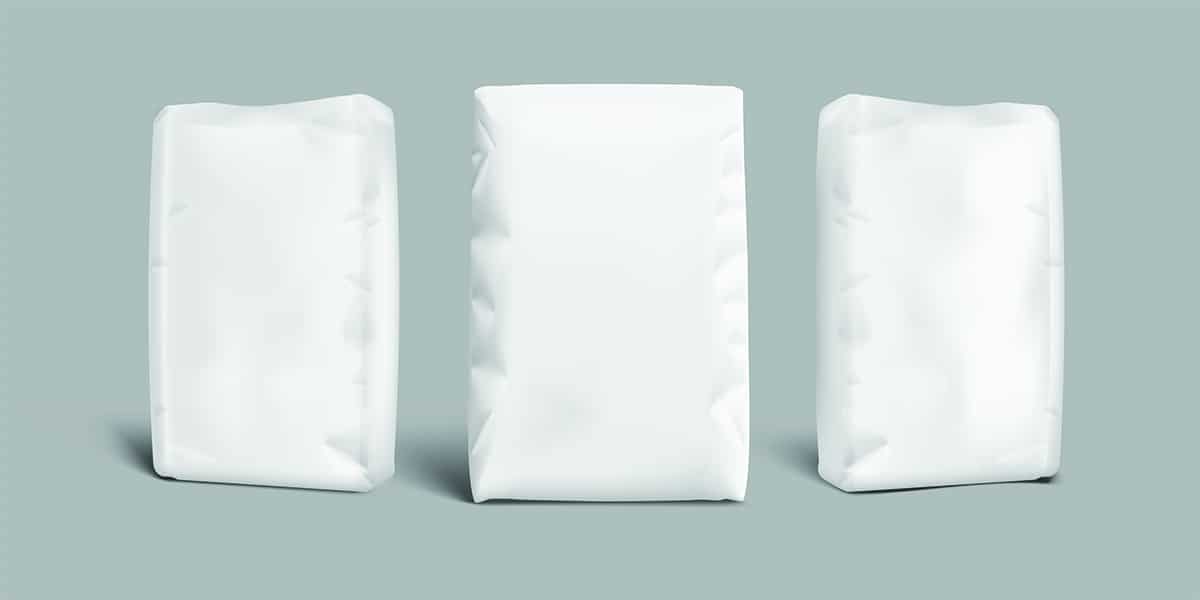
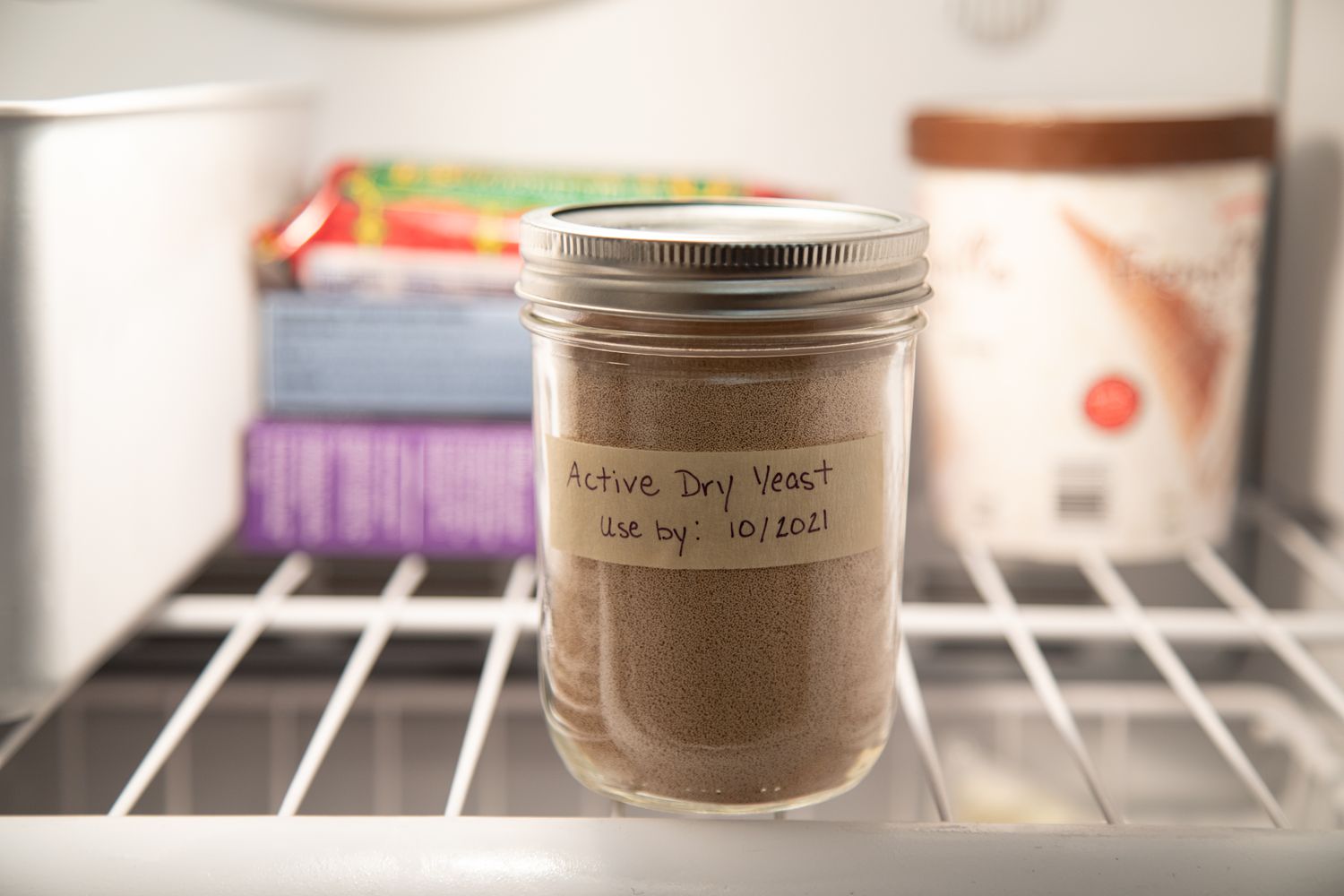
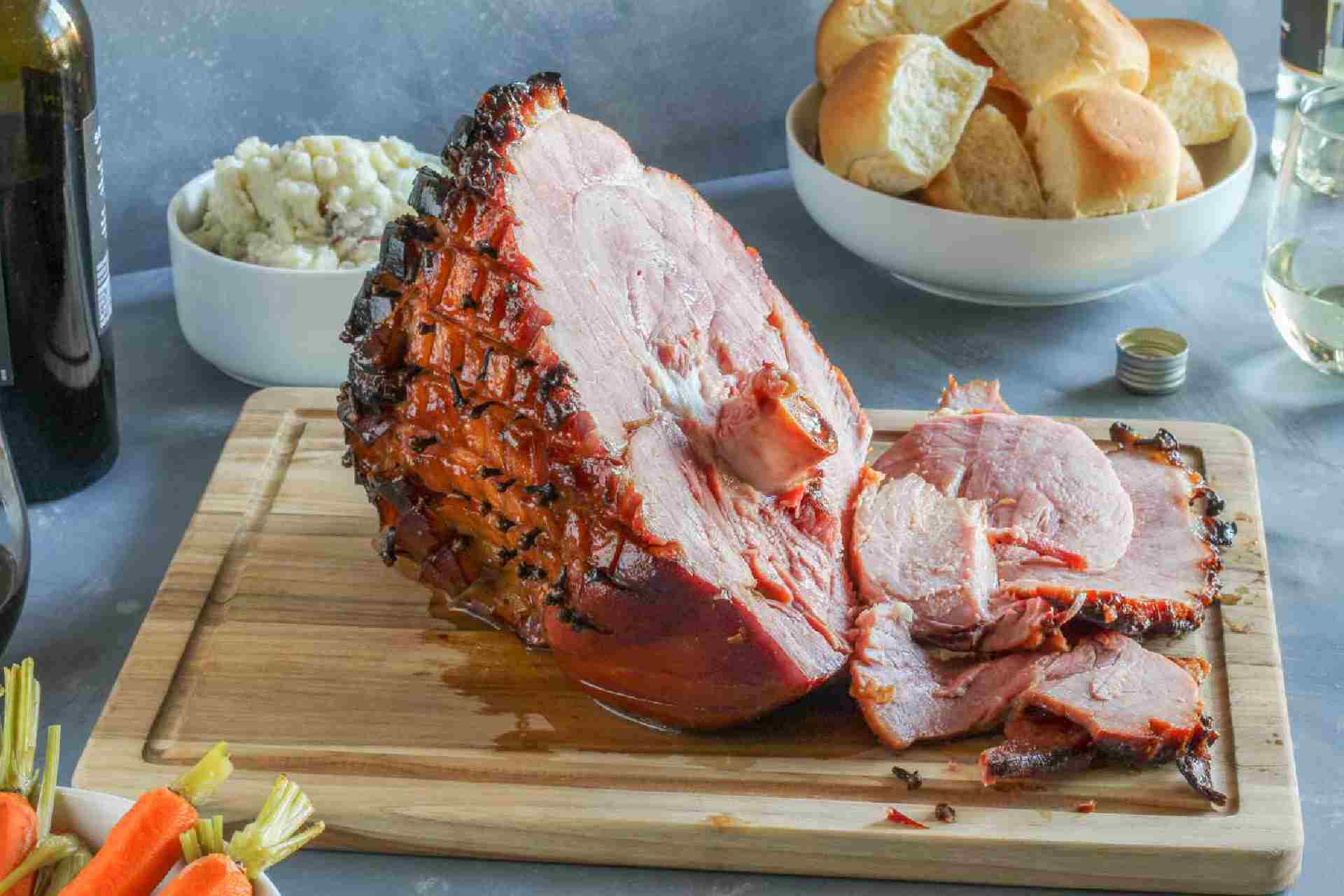



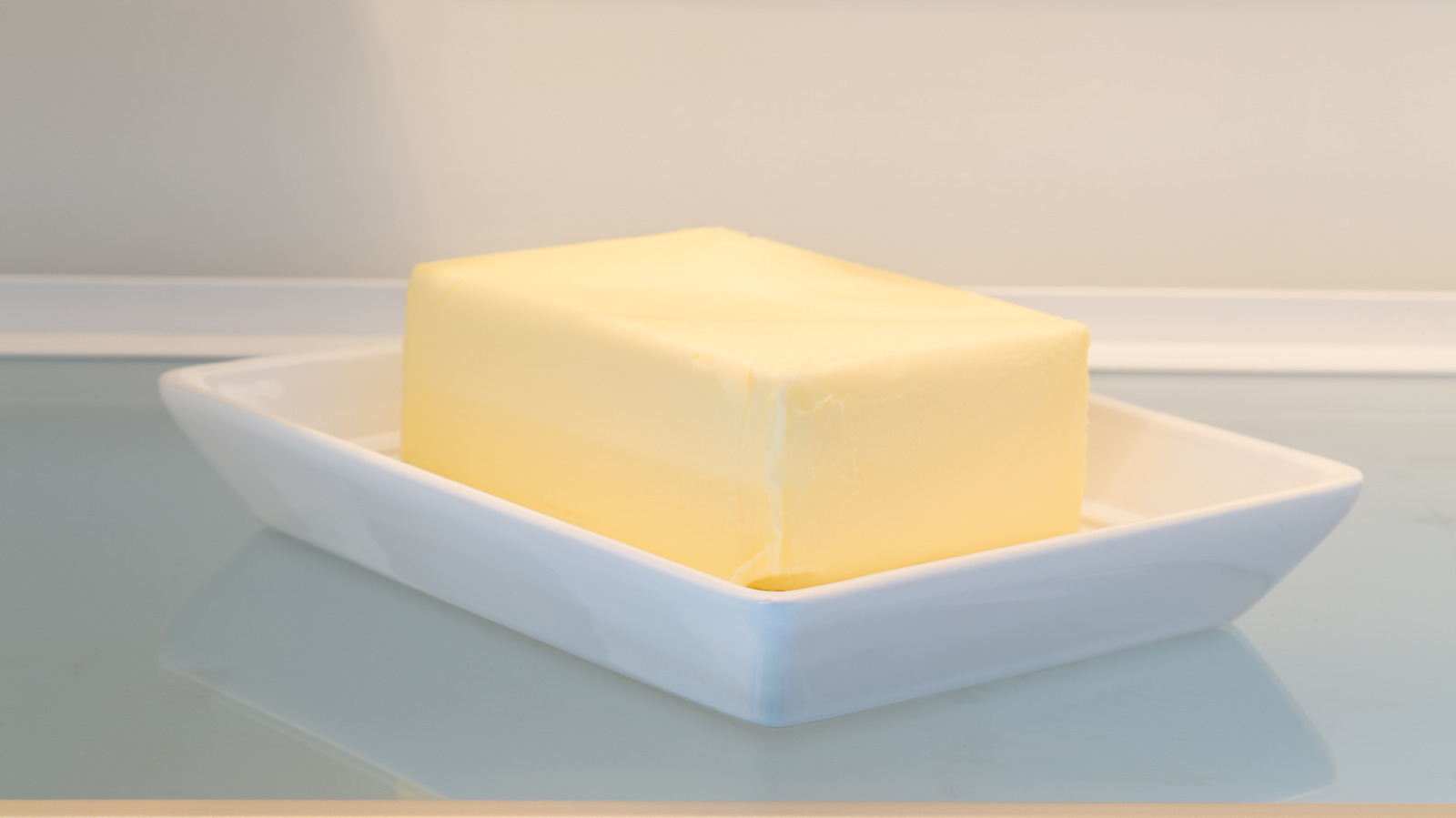
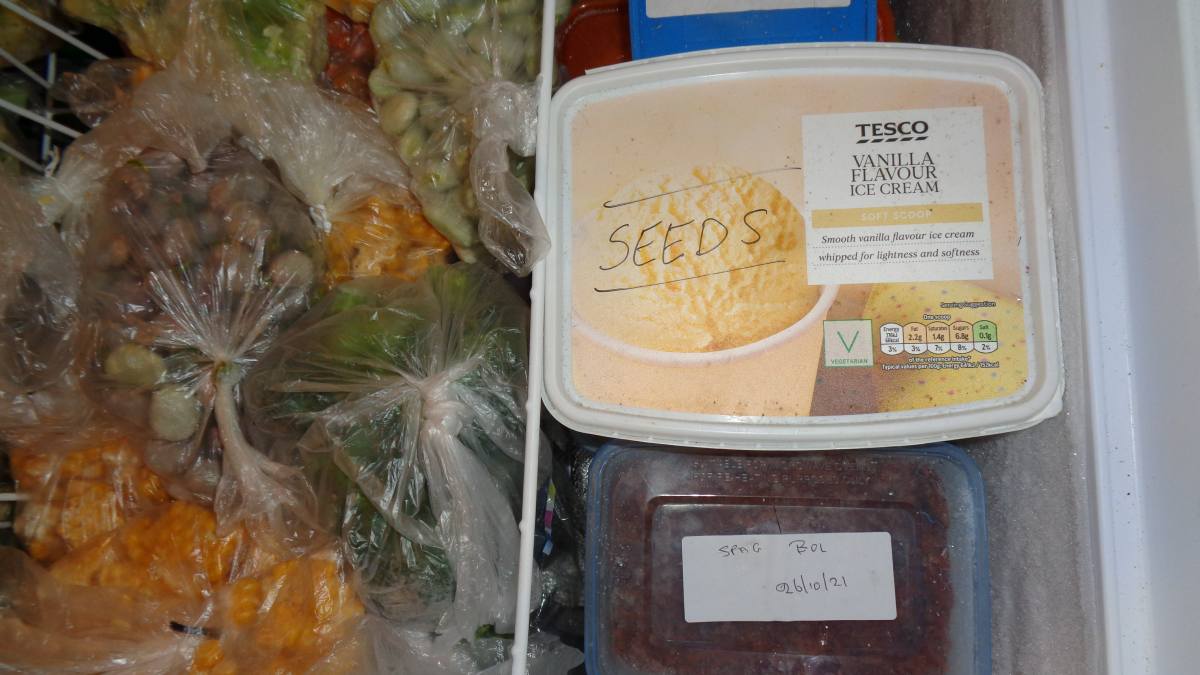
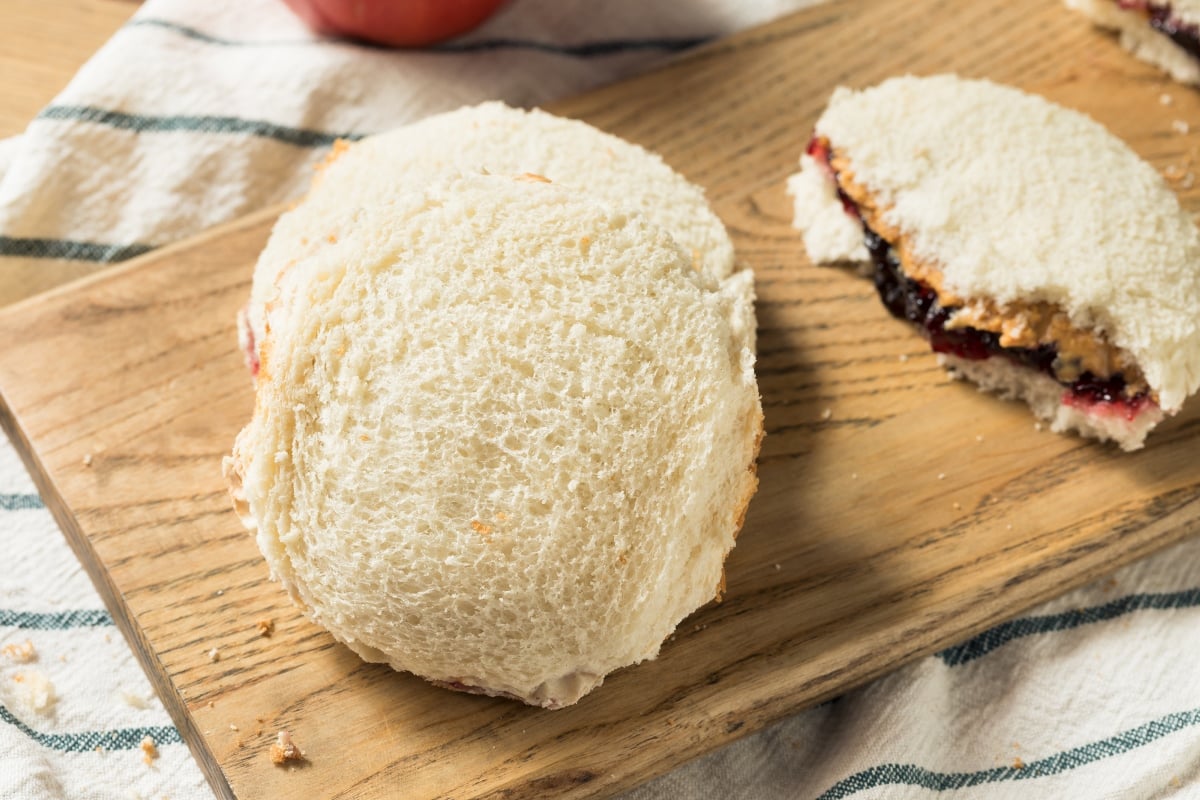
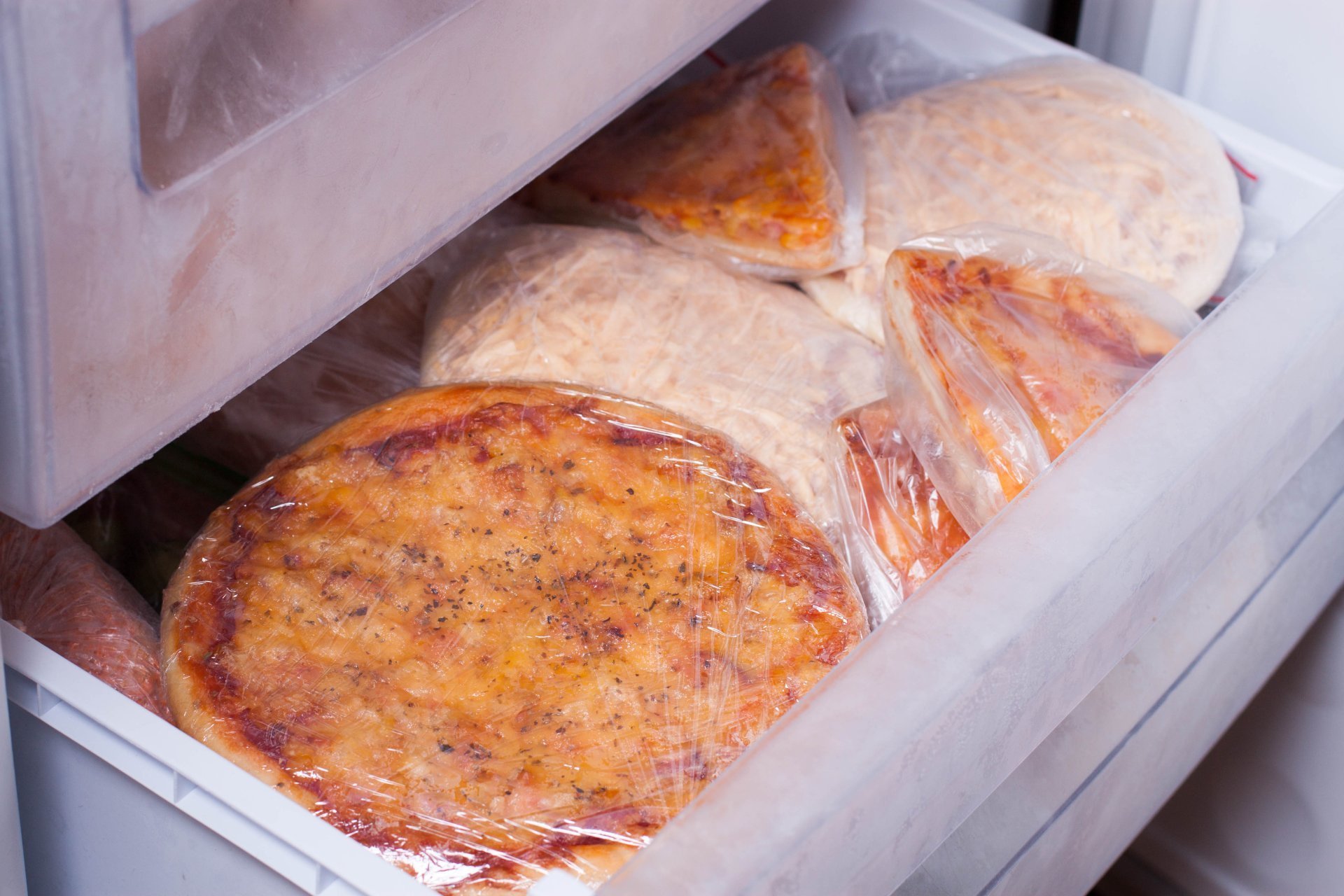


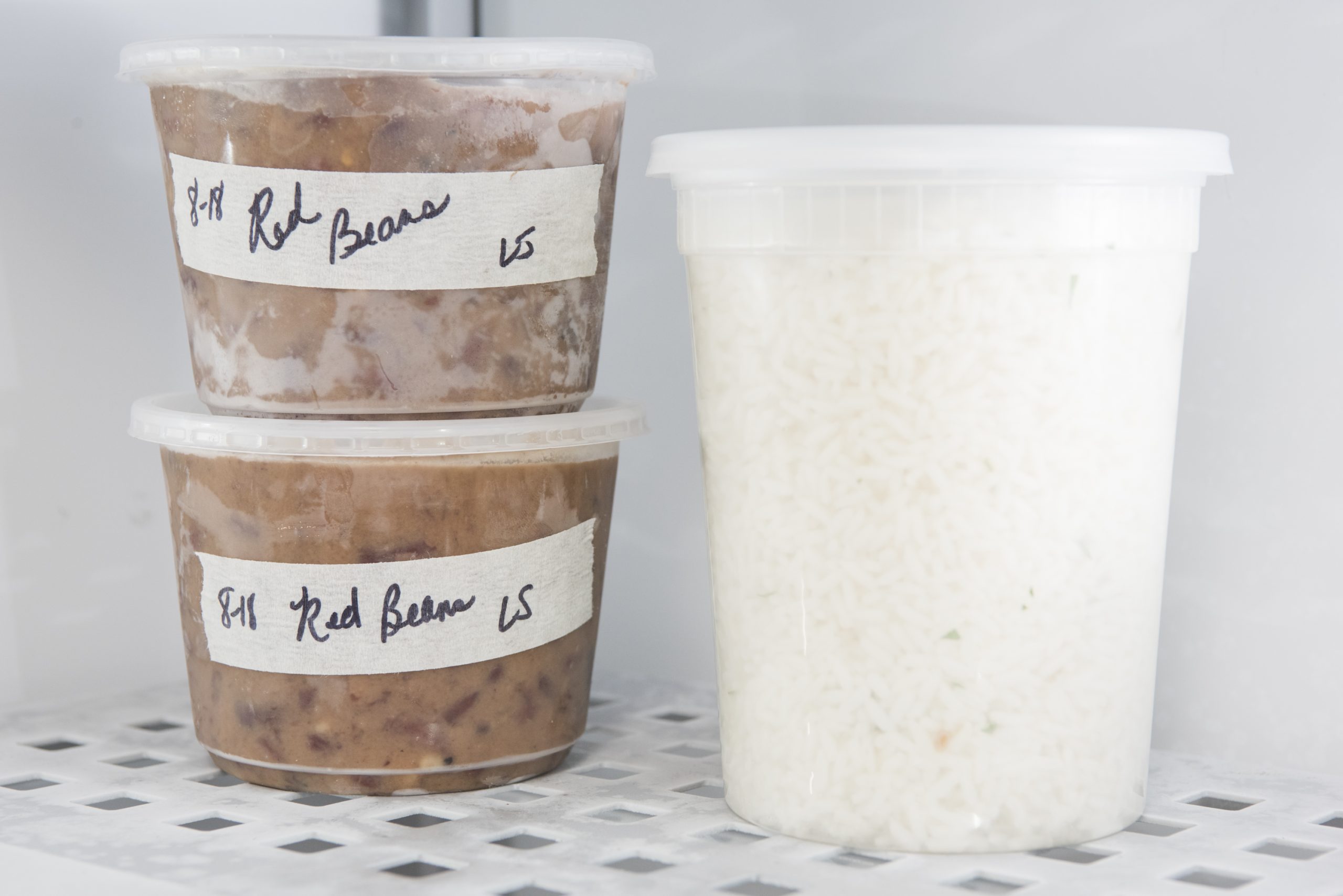

0 thoughts on “How Long Will Sausage Last In The Freezer”